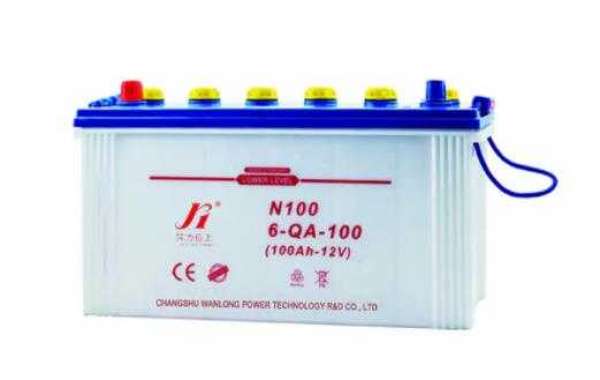The battery is mainly composed of a plate, a separator, an electrolyte, and a casing.
Plate
The plate is the core part of the battery, and the shape is mostly rectangular. The factory first stamps the lead roll into a mesh grid, and then coats the grid with an active material commonly known as "lead paste". The positive electrode is coated with lead dioxide and the negative electrode is coated with spongy pure lead. The charging and discharging of the battery is realized by the chemical reaction between the active material on the electrode plate and the sulfuric acid in the electrolyte.
Usually a whole battery contains 6 electrode plate groups, each electrode plate group is composed of several positive and negative plates, the number of negative plates is one more than the positive plate, so that each positive plate is located between the two negative plates, so that Make the discharge even on both sides.
In particular, the construction of batteries on the market is similar, only the formula of lead paste is the core secret of each battery manufacturer. The mesh shapes of the grille are not all rectangular.
Partition
The separator uses insulating materials and is placed between adjacent positive and negative plates to prevent short-circuiting due to contact between the positive and negative plates. Plastic partitions are generally used in the market.
Electrolyte
The electrode plate is immersed in the electrolyte and chemically reacts with the electrolyte. The electrolyte is mixed with pure sulfuric acid and pure distilled water in a certain proportion. The general industrial sulfuric acid and tap water cannot be used as the electrolyte, otherwise the electrode plates will be damaged.
shell
The shell must meet the standards of shock resistance, acid resistance and heat resistance.
2. The working principle of the battery
After the battery is assembled and injected with sulfuric acid, it will stand still for four or five days. This process is called "formation". So what kind of chemical reaction is going on inside the battery during formation?
Let's first look at the positive plate. A small amount of lead dioxide on the plate and water in sulfuric acid form PB(OH)4, so there are tetravalent lead ions and hydroxide ions near the positive plate. And PB4+ gathers around the pole plate, so the positive plate has a positive potential.
Looking at the negative plate again, a small amount of pure lead on the plate enters the electrolyte to form divalent lead ions, and two electrons are left on the plate, making the negative plate negatively charged.
After the chemical conversion is completed, in the uncharged and undischarged state, the electromotive force of the positive plate is higher than that of the negative plate.
We are a Storage Battery Manufacturers, welcome to visit our company







